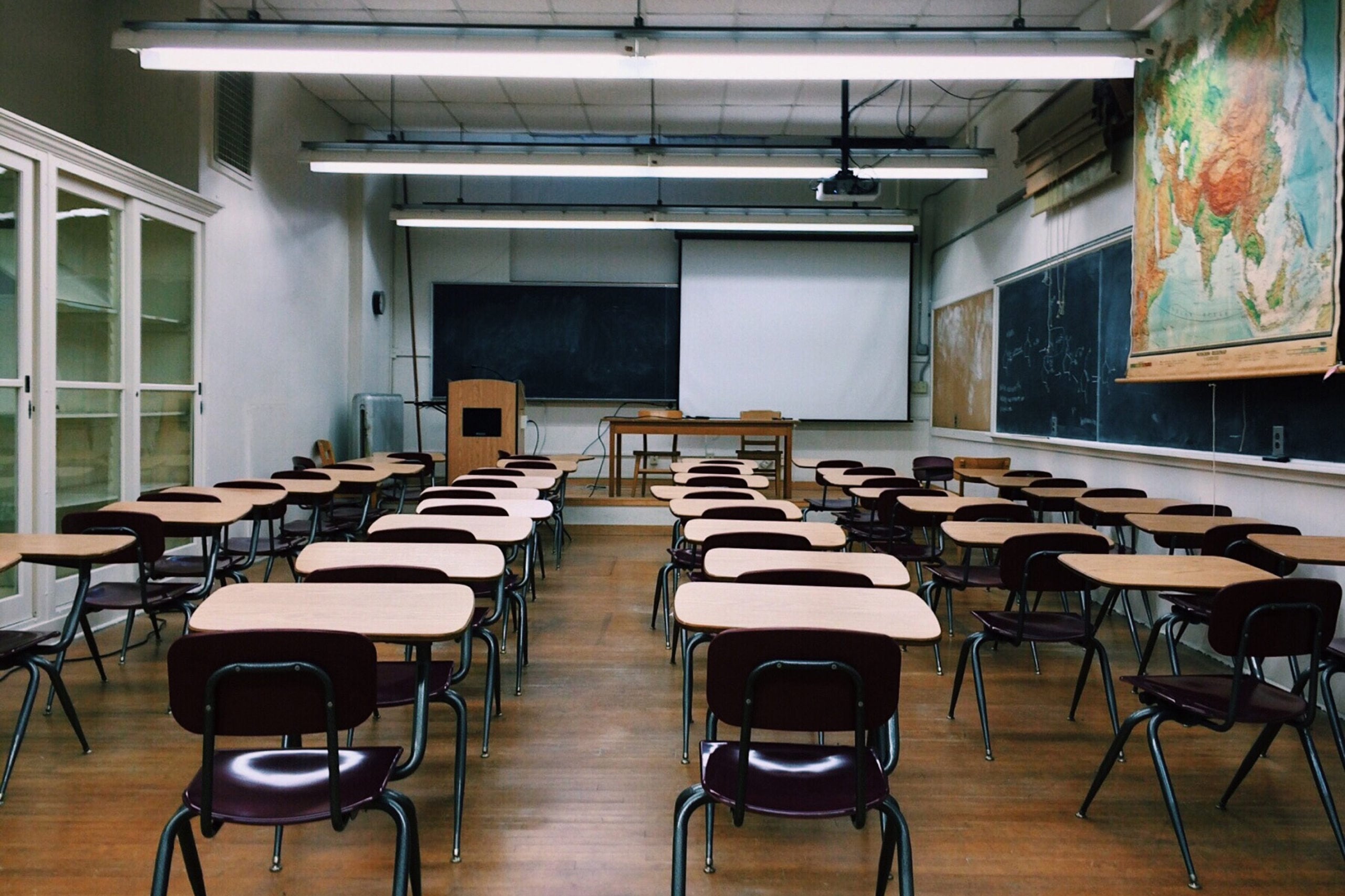Enrollment in the Detroit school district is down by 3,000 students compared with this time last year, Superintendent Nikolai Vitti said during a school board meeting Tuesday.
What that number means is unclear because, like last year, the district still has about another month to find these students. When data last year was official at the end of the count period, the district had 51,000 students.
Count Day enrollment numbers must be audited by intermediate school districts, which provide services for schools. The numbers are then sent to the state. The count is more difficult this year because school leaders have to account for students learning in person and online, which is more difficult than last year’s process.
Schools across the state are reporting dips in their preliminary enrollment numbers. Flint Community Schools lost about 500 students compared with last year’s fall count, and Kalamazoo Public Schools lost 248 students.
“I’m very concerned where we stand as a district on student achievement,” Vitti told board members about the large number of missing students. He also was alarmed about students stressed over the academic year, parents struggling to support learning at home, and potential increases in chronic absenteeism.
Losing 3,000 students, even with about a month to boost those numbers, is a significant effect of the pandemic, which has disrupted learning for district students and staff. For weeks, the district has mobilized staff and volunteers to canvass neighborhoods, knocking on the doors of students who haven’t shown up for face-to-face or virtual classes. They’ve been successful in getting 1,000 students in school.
But that still leaves 3,000 students unaccounted for. The loss won’t be a financial hit for the district this year because the state changed the way it is calculating funding for schools. It will, however, hit next year. In Michigan, state funding follows students, so in ordinary years every student lost means a loss of per-pupil funding. The change in state law for this year, because of the pandemic, lessens that blow.
Vitti warned that student absenteeism is climbing this year. A student is chronically absent if they miss 18 or more instructional days in a school year.
In the 2018-2019 academic year, 70% of the students in the Detroit district were chronically absent. The rate improved to 63% in 2019 after the district launched several initiatives, including putting an attendance agent in every school. Chronic absenteeism is also a problem for some of the city’s charter schools.
Although some schools now offer fully remote learning, Vitti urged school administrators to consider offering face-to-face or hybrid instruction during the next grading period to help encourage students to attend classes. A hybrid learning option would have students split time between in-person and remote classes during the week, if enough teachers and staff are willing to work inside school buildings.
“Principals are gonna be at the driver’s seat at this change,” he said.
Board treasurer Sonya Mays asked if the district could improve its efforts to engage students in online learning.
“Is there a way to do online learning better to capture these children?” Mays said. “We’re going to have a lot of kids who won’t be in a face-to-face situation for the next three to six months,” she said, noting that families may still feel it’s unsafe to return to school buildings due to the pandemic.
In the first month of the school year, there have been many complaints from students, parents, and teachers about too much screen time and jam-packed online schedules.
In response to those complaints, Vitti said he is urging school leaders to reduce screen time for students and to offer office hours to support online engagement. Schools may also adjust online schedules based on student and parent demand. The district must approve all schedule changes.
The district is also expanding Parent Academy workshops to help families navigate online learning tools. Yet Vitti stressed that online learning was “not designed for K-2 children.” About 40% of the missing students are in grades K-3.
Parents have been struggling without enough food for their households or a lack of child care, Vitti said, which could also affect the parents’ ability to support learning at home.
“Learning is not the number one priority at this time,” for these struggling parents, he said.
Board member Deborah Hunter-Harvill recommended another board study session to discuss other strategies to support families. A study session was held earlier this year to discuss the district’s reopening plan.
“It all goes back to the fact that our families don’t have everything they need,” she said.





